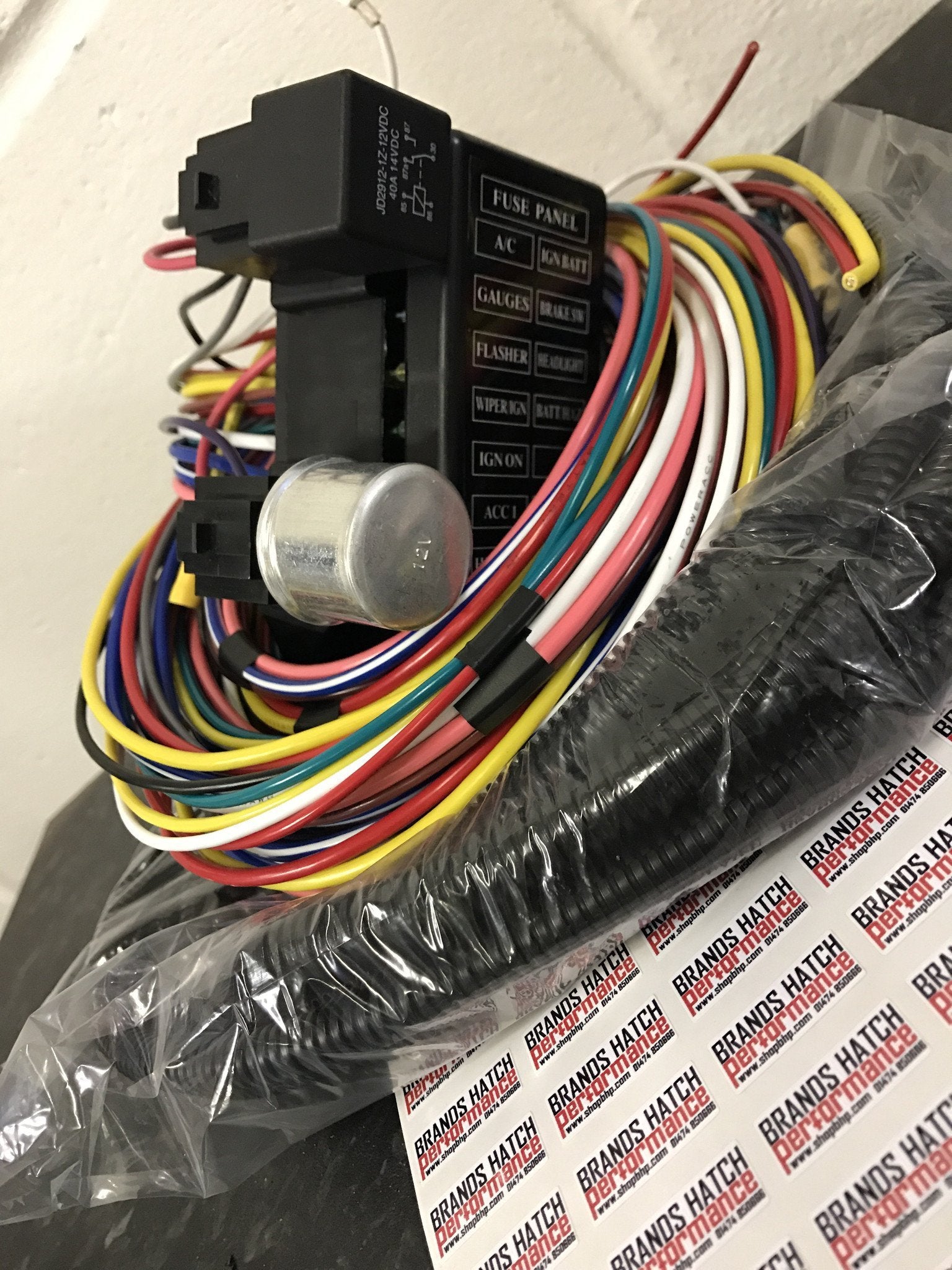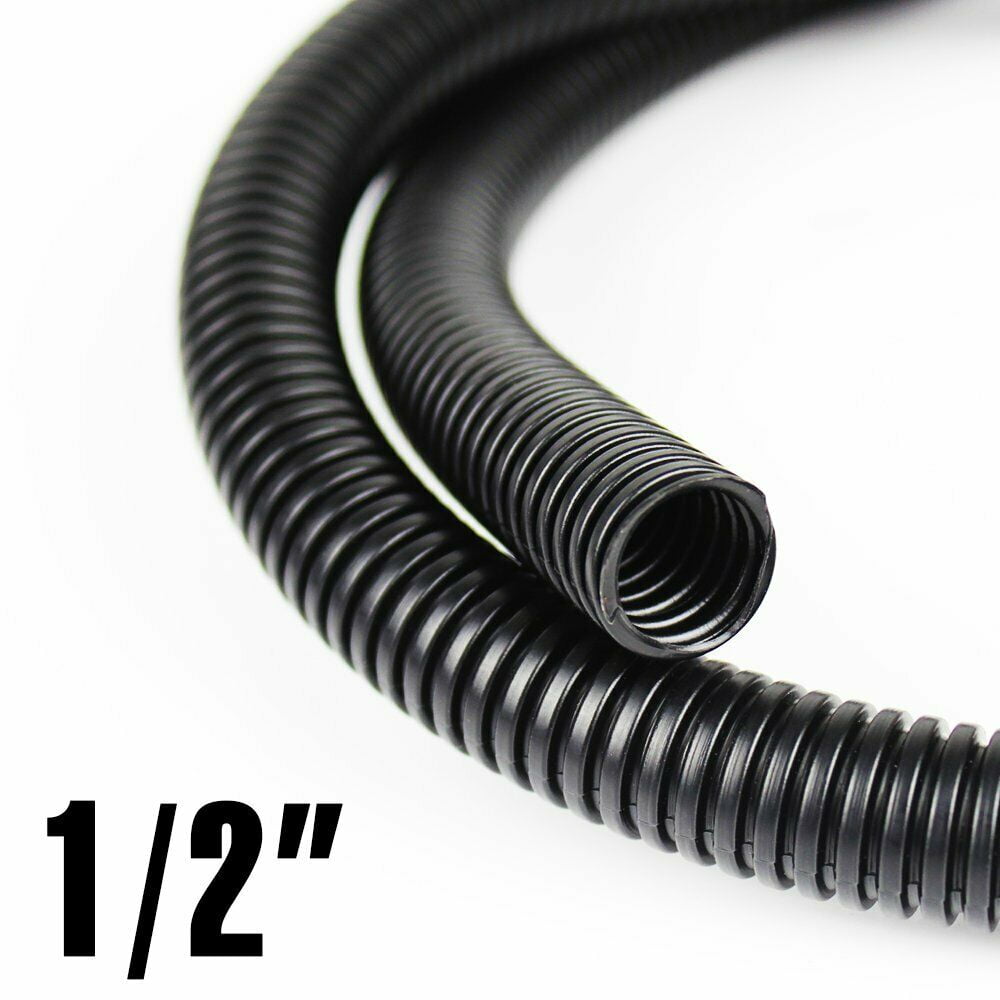
Driving in Limp mode for an extended period can worsen whatever may be wrong with the car. If it or feels like something is seriously wrong, then it’s best to have it recovered to a mechanic. The whole point of limp mode is that the car is driveable, albeit with reduced performance. Limp mode FAQs Can I drive my car in limp mode? The cost to have the error repaired will vary from a simple labour charge for an ECU reset, to many thousands of pounds if the problem is serious and lies with the engine or gearbox. You can either drive it to your garage if the issue is not severe, or have the car rescued. If it goes straight back into Limp mode, then it is best to book the car in for a thorough check. Your car should still drive in limp mode, but you may want to be recovered regardless of this Pre-system checks may see limp mode activate as soon as the car is turned back on though, or the issue could present itself again after you have been driving for a while. If the warning lights disappear and the car behaves normally, then it may have just been a temporary glitch. You may be able to reset the car by switching it off and on again after about 30 seconds. If possible, check the oil and coolant levels as well as any obvious signs of wiring damage or leaking fluids under the car. You should never ignore the warning signs, but how soon you can attend to the issue depends on how far you are from a safe stopping point and how the car is driving. The reasons for your car entering Limp mode are varied but can be serious, so it’s best to have it examined by a mechanic as soon as possible. What to do if your car goes into limp mode Engine issues – issues such as misfiring or turbo problems.Wiring issues – a problem with the wiring loom may cause erratic behaviour.Brake malfunctions – seized brakes or a hydraulic leak in the system.


If you experience a loss of power and see some warning lights on your dashboard, then your car may well have entered into limp mode.


 0 kommentar(er)
0 kommentar(er)
